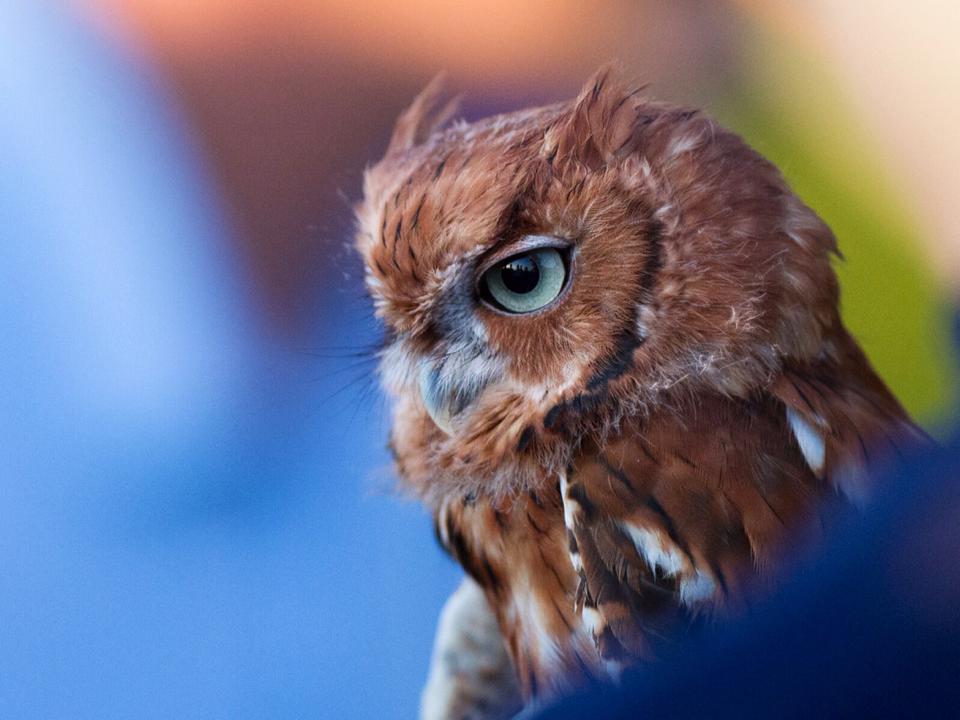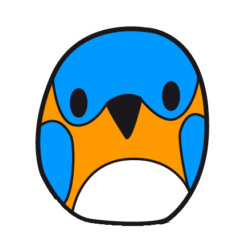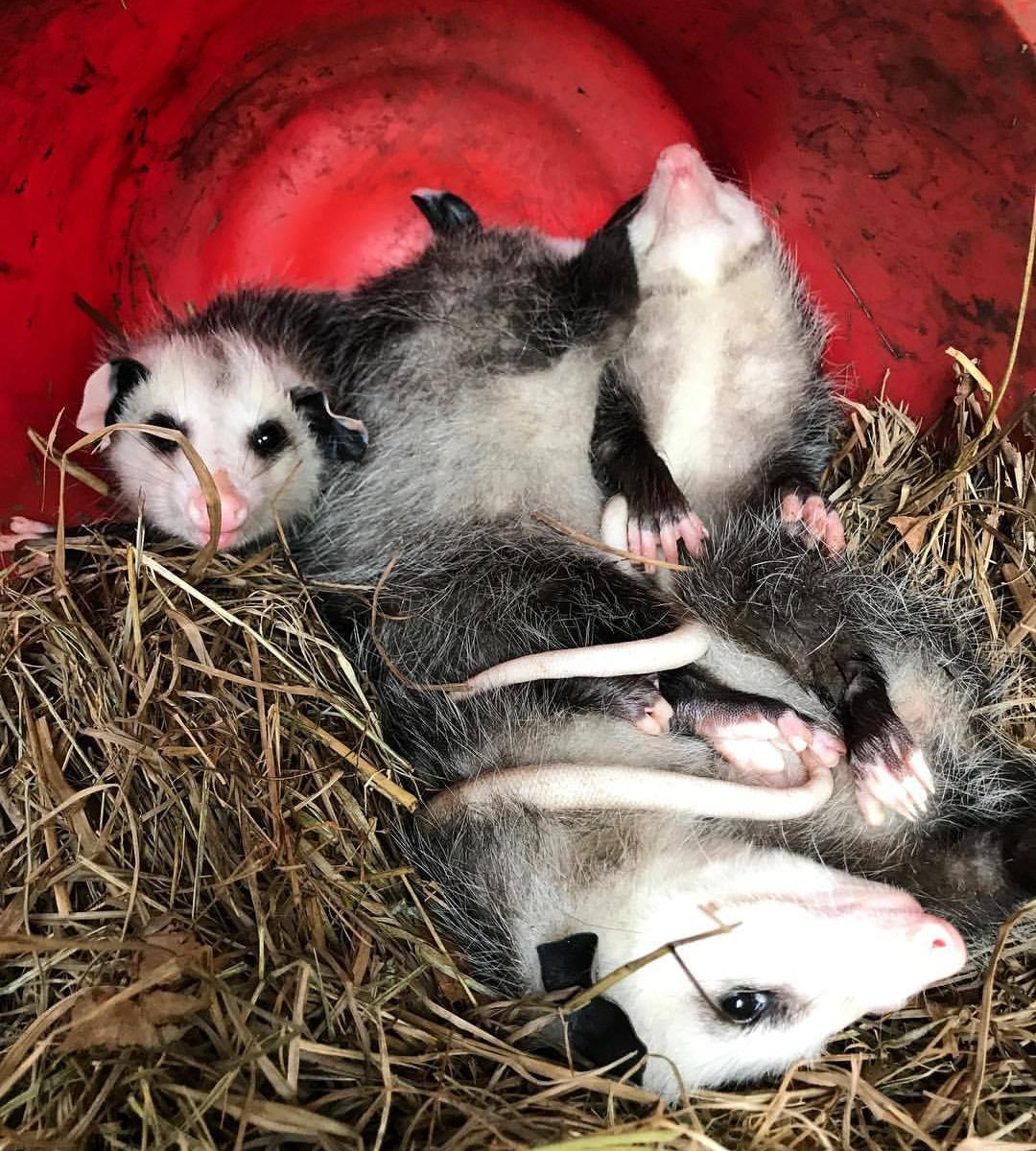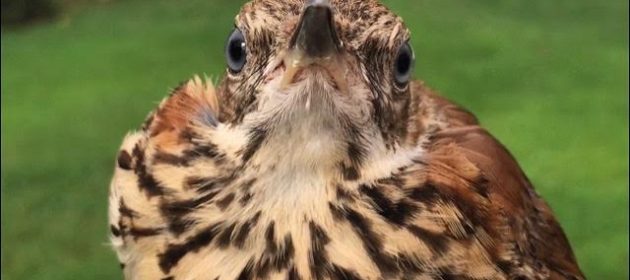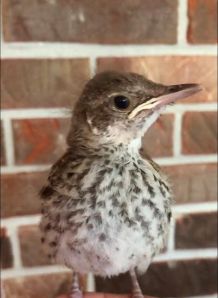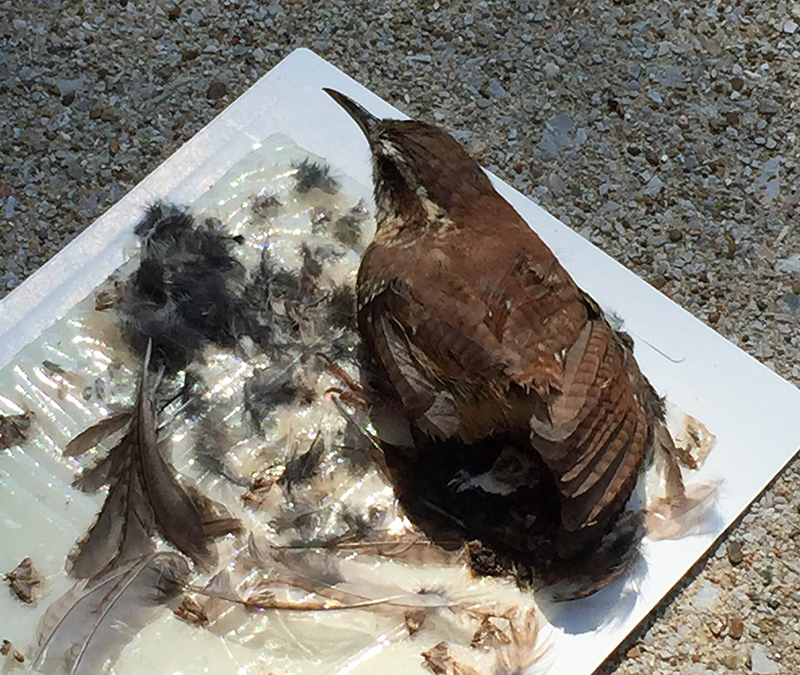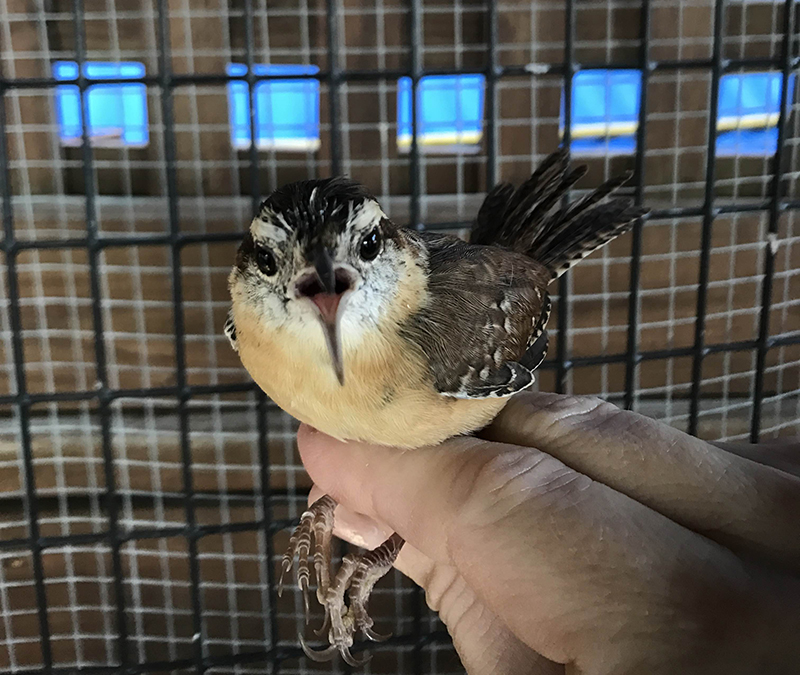To many, the opossum is considered an undesirable rodent. Here at the nest, we know just how remarkable these creatures really are. That is why we are dedicated to rescuing and rehabbing these fascinating animals. With the help of Eugene, our education ambassador, we are hoping to show people why opossums are so beneficial to have around. Let’s take a look at a few important facts about our furry little friends:
- Opossums eat normal foods like fruits, fish and eggs, but they also eat ticks, snakes, insects, snails, slugs, mice and rats. This makes them excellent pest control assistants.
- It is extremely rare for an opossum to contract rabies. In fact, they are remarkably resistant to many common animal diseases, including distemper. Contrary to popular belief, if you see an opossum wandering about during the day, this does not mean they have rabies. Although they do usually rest during the day, they will go out foraging in times when food is scarce.
- It is estimated that an opossum could potentially eat 4,000 ticks in a single week. They are also very unlikely to carry Lyme or other tick-borne infections. This not only protects them, but also protects us.
- Opossums are known for their immunity to most snake venom. Not only do they eat poisonous snakes but they may also possess an antidote for venomous snakebites in humans.
- “Playing possum” is a term that we are all familiar with, but what you might not know it that this “act” is actually a seizure that leaves the animal with little control over when it begins or ends. The comatose state can last for a few minutes or up to several hours. Please do not assume the animal is dead and try to dispose of the body. If you can see no obvious injuries, just leave the animal alone. If you believe the animal is hurt, please contact your local rehabber.
- Virginia Opossums are North America’s only marsupial. When their babies are only 12 days old and smaller than a jellybean, they will make their way to the mother’s pouch. They will start to venture out of the pouch a bit at two months old and by three months will “ride” the mother’s back. If you see a dead mother opossum in the road, there may be a chance that there are still babies alive in the pouch. Should you find baby opossums, contact your local rehabber. You should not attempt to raise the babies yourself. Even though adult possums can eat almost anything, the young “pups” have very specific dietary needs.
We hope that this has helped alter some of the negative opinions that come along with this “rat-tailed” mammal. They actually do us a great service. Still not convinced? Stop by one of our fundraisers to meet Eugene and give him a chance to show you how delightful an opossum can really be.
Becky Grider
Happinest Volunteer
